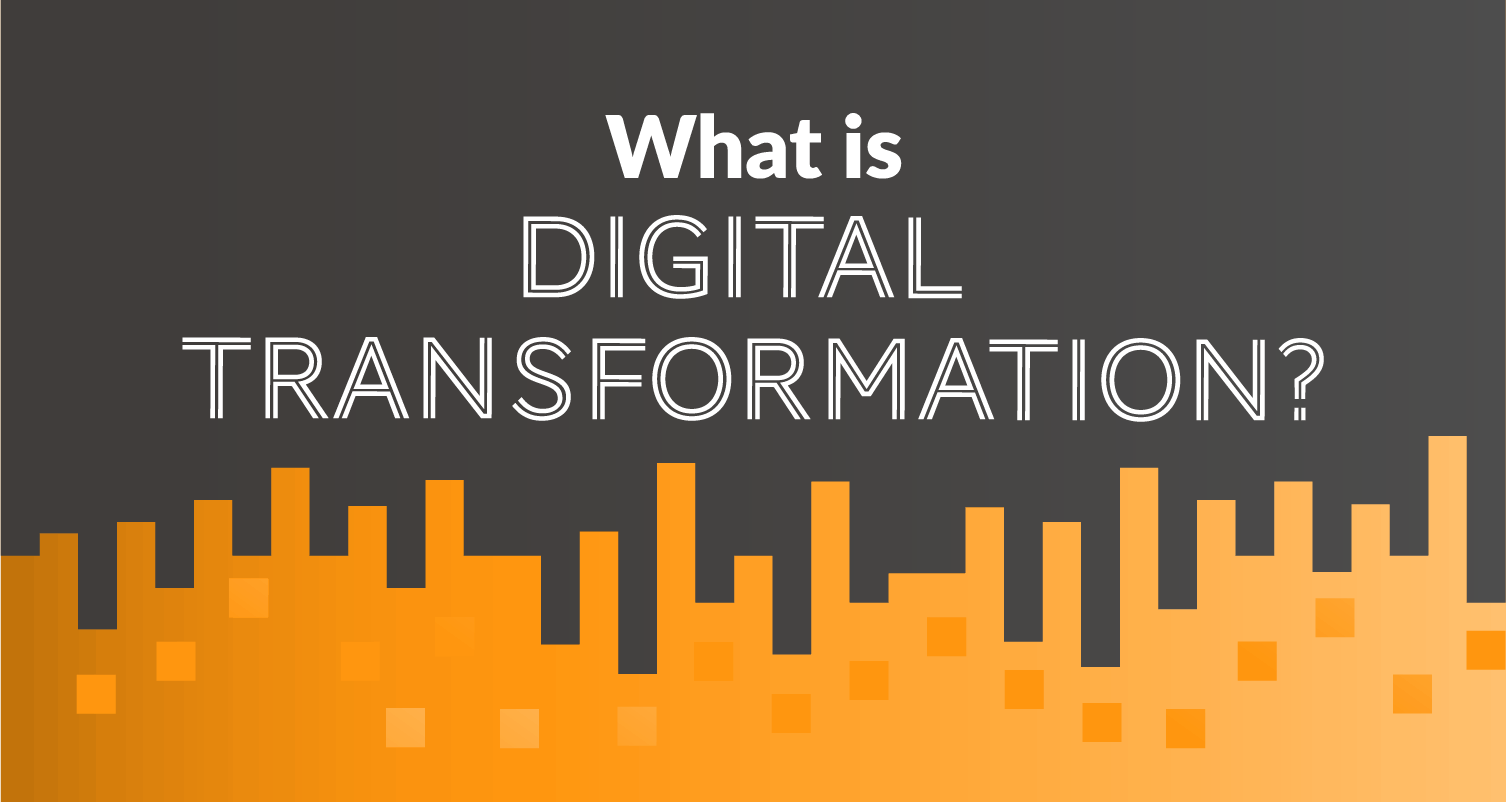We no longer work in a time where the workplace is a physical place, filled with employees during office hours. Our places of work have evolved as we have become increasingly connected to each other and the technology that surrounds us.
We are no longer bound by time or space; we can have instant access to the things we need regardless of when or when we require them. The result is that the physical office and the places where we work are often not one and the same. As such, we are increasingly blurring the distinction between our personal and professional lives.
What is The Digital Workplace?
The short answer is that the digital workplace is a replacement for the physical one that used to define our working parameters. However, while the term has been used for several years, the idea is still emerging and evolving. The digital workplace is used to convey several concepts and is yet to have a universally accepted definition.
While there is no single definition that encompasses the digitized workplace, the concept touches on the following key elements:
- Incorporating an intranet along with other connected enterprise software systems
- Harnessing all available digital tools to facilitate employee productivity
- Customizing each employee’s collection of devices, software and connectivity solutions to personalize their working environment
- Intersecting the line between people, organizations and tools
- Replacing the physical workplace with a digital equivalent
- Delivering work through the collective use of connected devices, software and interfaces
Each one of these descriptions is slightly different, but they all have a place within the definition of the digital workplace. They provide insight into the thinking behind the concept, but no single one encompasses it all. It isn’t surprising, given the rapid pace of development when it comes to technology; the meaning of the digital workplace will no doubt be completely different again within just a few short years.
The Evolution of the Digital Workplace
Back in 2009, thought leaders from various industries started to look at words that encompassed more than the term ‘intranet’. It was becoming accepted that places of work and their employees were bound by more than a company’s internal website. It was Paul Miller, CEO of Digital Workplace Group (DWG) and his book about how technology is liberating work that coined the phrase ‘the digital workplace’. From this point on the phrase began to stick and gain mainstream traction.
Since then, the term and its definition have continued to evolve. New tools, applications and emerging technologies have slowly infiltrated into our lives. From the introduction of email, CRMs and HR systems to the more recent Internet of Things, our offices have seen a constant stream of technological evolution. Our places of work are built on an intricate mix of technologies, each of which is designed to help us work faster and smarter.
The problem with the way that digital working has evolved is that it has, for the most part, been unguided and without clear direction. There has been a lack of governance, strategy and ownership, which has impacted upon the experience for both organizations and their employees. With the growing number of tools and platforms at our disposal, organizations need to drive the evolution of the digital workplace. It is only by having a strategy in place that they will be able to deliver the user experience that we have all come to expect.
The benefits of a Digital Workplace
Whatever definition you use to describe the digital workplace, the result is a working environment that offers many advantages over its physical predecessor:
- Enables new, more effective ways of working
- Raises employee engagement, agility and innovation
- Exploits consumer-oriented styles and technologies
- Increases employee retention
- Boosts employee recruitment
- Accelerated process outcomes
- Greater customer-centricity
What is Driving the Move to the Digital Workplace?
One of the major factors that is driving the move to the digital workplace is the change in workplace demographics. It can be difficult for businesses to meet the needs of the multi-generational workforce and its shifting characteristics.
By far, the biggest proportion of the workforce is now made up of millenials, making the generation a top priority. This is where the lines become more blurred between work and home. Millennials feel more engaged when they can use their own devices for business purposes. In fact, 61% of Gen Y workers believe the tech tools they use in their personal lives are more productive than those at work, and will use them regardless of their company’s policies.
The other significant driver towards the digital workplace are remote workers. An astonishing 70% of professionals work remotely at least one day a week. The problem is that many of these employees don’t have the communication tools they need. They don’t have the digital entryway to their working environment from their devices. This has made mobile employee communication platforms a vital part of the digital workplace, allowing businesses to connect with their dispersed workforces. It’s estimated that by 2020, there will be 639 million paid users of enterprise social networks.
The Employee Experience
The experiences that businesses create for their employees have a huge impact on their productivity. With a widely distributed workforce, it’s vital to ensure they stay motivated, informed and engaged. To do this technology takes a significant role, rapid innovation requires modern tools to be implemented. Work is no longer a place we go; it is something that happens, from anywhere and from any device.
There is a growing focus on work/life balance, flexible hours and the opportunity to work from multiple locations. Giving employees the opportunity to do all of these things is vital if organizations are to keep their competitive edge. Employee retention and employee acquisition equally depend on the employee experience. Facilitating their ways of working, while ensuring they stay up to date and able to communicate and collaborate effectively is key.
Digital Workplace Technology
Digital workplace technology encompasses all of the technologies that employees use to get things done. These pieces of technology allow people to connect, collaborate and communicate regardless of whether they are actually face to face. This can encompass a huge range of tools and systems, including:
- HR applications
- Core business applications and systems
- Instant Messaging
- Social media tools
- Virtual meeting tools / web conferencing tools
- Intranets
- CRMs
- Databases
However, what makes the digital workplace more than just a collective term for all of the pieces of technology, is how they come together from an employee’s viewpoint. To create a seamless employee experience, the processes they use need to be automated where possible and as a minimum digitized. This can be done with the use of software and APIs, using technology to relieve employees of monotonous tasks so that they can focus on innovation, creativity and collaboration.
Meanwhile, working in the cloud enables organizations to centralize and share assets, connect virtual workers securely with corporate information and collaborate and communicate more effectively. A paperless, digitized workplace puts the content where the users go and extends collaboration beyond the corporate walls. Ultimately, it is the tools and systems that businesses use that act as the support system to drive digital workplace strategy and its goals.
What Does a Successful Digital Workplace Look Like?
Building a digital workplace is a strategic, ongoing process. It has existed as a concept for decades and will continue to redefine itself as technology continues to evolve. To create a successful digital workplace, it must be a conscious and ongoing commitment. The critical elements of people, tools and culture should come together to create the optimum employee experience.
Success is more than simply picking the right tools and technologies. While this is the starting point, it is the experience technology creates that is the vital piece of the digital workplace puzzle. Building connections between tools and people is where a digital workplace comes into its own. The ultimate result, of course, is to build a more effective and more efficient business.




